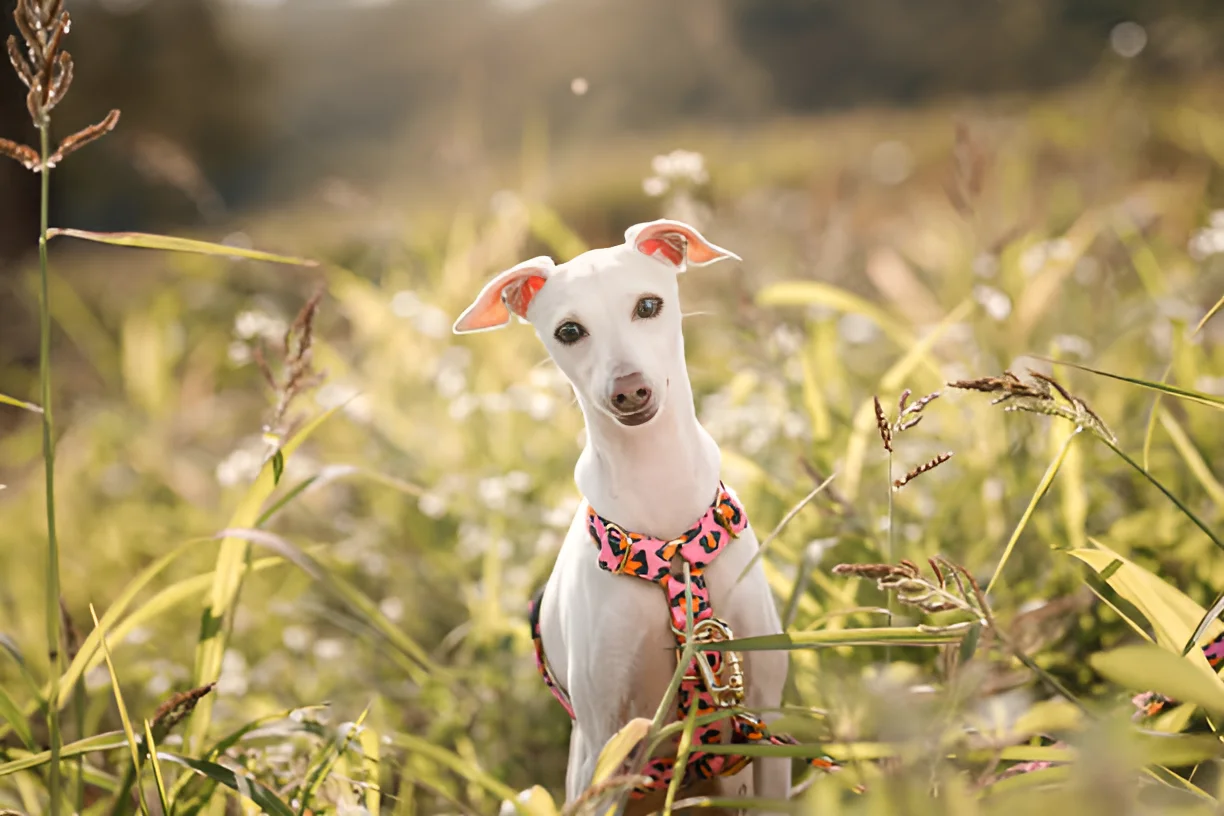Greyhounds typically enjoy being petted on their neck, chest, and back, but individual preferences can vary. Understanding their unique needs and behaviors can help you build a stronger bond with your Greyhound and ensure their comfort and happiness.
Greyhounds are known for their gentle and affectionate nature, making them wonderful companions. However, like all dogs, they have specific preferences when it comes to being petted. This comprehensive guide will explore where Greyhounds like to be petted, how to read their body language, and tips for ensuring a positive petting experience. Whether you’re a seasoned Greyhound owner or considering adopting one, this article will provide valuable insights and practical advice.
Understanding Greyhound Behavior
Greyhounds are a unique breed with distinct behaviors and characteristics that influence their preferences for petting.
Calm and Gentle Nature:
- Affectionate Companions: Greyhounds are known for their calm and gentle demeanor. They enjoy spending time with their owners and often seek out affection.
- Laid-Back Attitude: Despite their history as racing dogs, Greyhounds are often described as “45 mph couch potatoes” due to their love for lounging and relaxing.
Sensitivity:
- Thin Skin and Short Fur: Greyhounds have thin skin and short fur, making them more sensitive to touch than some other breeds.
- Emotional Sensitivity: They are also emotionally sensitive and can be easily affected by their environment and interactions.
Preferred Petting Spots for Greyhounds
While individual preferences can vary, there are common areas where most Greyhounds enjoy being petted.
Neck and Chest:
- Comforting Touch: Many Greyhounds enjoy gentle strokes on their neck and chest. This area is often associated with comfort and security.
- Calming Effect: Petting the neck and chest can have a calming effect, helping to relax your Greyhound.
Back and Shoulders:
- Soothing Strokes: Gentle strokes along the back and shoulders are usually well-received by Greyhounds. This area is less sensitive and can be soothing.
- Bonding Opportunity: Petting the back and shoulders can strengthen the bond between you and your Greyhound.
Base of the Tail:
- Pleasurable Spot: Some Greyhounds enjoy being petted at the base of their tail. This area can be particularly pleasurable for them.
- Tail Wagging: If your Greyhound wags their tail while being petted here, it’s a good sign that they are enjoying the attention.
Behind the Ears:
- Gentle Scratches: Gentle scratches behind the ears are often appreciated by Greyhounds. This area is sensitive but can be very enjoyable when petted gently.
- Relaxation: Petting behind the ears can help your Greyhound relax and feel more at ease.
Reading Your Greyhound’s Body Language
Understanding your Greyhound’s body language is crucial for ensuring they are comfortable and enjoying the petting experience.
Positive Signs:
- Relaxed Body: A relaxed body posture indicates that your Greyhound is comfortable and enjoying the petting.
- Soft Eyes: Soft, half-closed eyes are a sign of contentment and relaxation.
- Tail Wagging: A gently wagging tail is a positive sign that your Greyhound is happy and enjoying the attention.
Negative Signs:
- Tense Body: A tense or stiff body posture can indicate discomfort or anxiety.
- Avoidance: If your Greyhound moves away or avoids your touch, they may not be comfortable with the petting.
- Ears Back: Ears pinned back against the head can be a sign of stress or discomfort.
Tips for Petting Your Greyhound
To ensure a positive petting experience for your Greyhound, follow these tips:
1. Approach Gently:
- Slow Movements: Approach your Greyhound slowly and gently to avoid startling them.
- Calm Voice: Use a calm and soothing voice to reassure your Greyhound.
2. Start with Preferred Areas:
- Neck and Chest: Begin by petting the neck and chest, as these areas are generally well-received.
- Observe Reactions: Pay attention to your Greyhound’s reactions and adjust your petting accordingly.
3. Use Gentle Pressure:
- Light Touch: Use a light touch, especially in sensitive areas like behind the ears and the base of the tail.
- Avoid Rough Petting: Avoid rough or vigorous petting, as it can be uncomfortable for your Greyhound.
4. Respect Their Preferences:
- Individual Preferences: Every Greyhound is unique, so take the time to learn your dog’s specific preferences.
- Respect Boundaries: If your Greyhound shows signs of discomfort, stop petting and give them space.
5. Create a Positive Environment:
- Comfortable Setting: Ensure your Greyhound is in a comfortable and familiar setting when petting.
- Positive Reinforcement: Use treats and praise to create positive associations with petting.
Conclusion
Greyhounds typically enjoy being petted on their neck, chest, and back, but individual preferences can vary. Understanding their unique needs and behaviors can help you build a stronger bond with your Greyhound and ensure their comfort and happiness. By following the guidelines and tips provided in this article, you can create a positive petting experience for your Greyhound and enjoy a loving and affectionate relationship.
The photo featured below the post headline is Credit: Capuski/istockphoto
I hope you find this post helpful and informative. If Yes’ feel free to share it with your friends!
Frequently Asked Questions
Where do Greyhounds like to be petted?
Greyhounds typically enjoy being petted on their neck, chest, and back, but individual preferences can vary.
How can I tell if my Greyhound is enjoying being petted?
Positive signs include a relaxed body, soft eyes, and a gently wagging tail. Negative signs include a tense body, avoidance, and ears pinned back.
What should I do if my Greyhound shows signs of discomfort while being petted?
Stop petting and give your Greyhound space. Respect their boundaries and try petting them in a different area or using a gentler touch.
Are there any areas I should avoid when petting my Greyhound?
Avoid petting areas that your Greyhound shows discomfort with. Common sensitive areas include the paws, tail, and belly.
How can I create a positive petting experience for my Greyhound?
Approach gently, start with preferred areas, use gentle pressure, respect their preferences, and create a comfortable environment.

